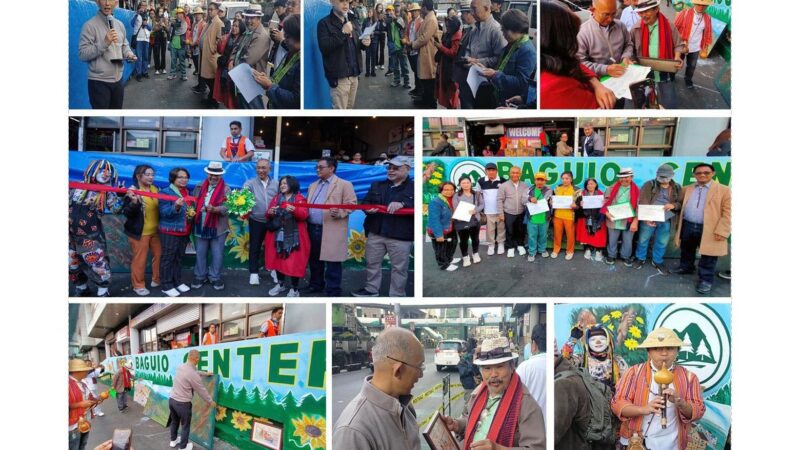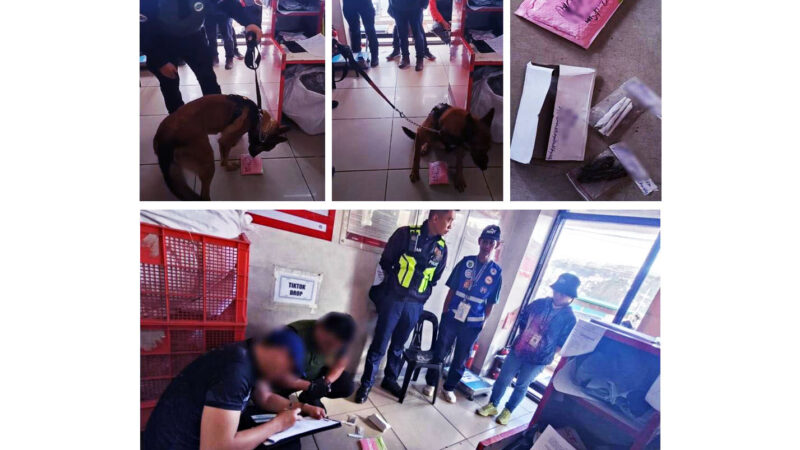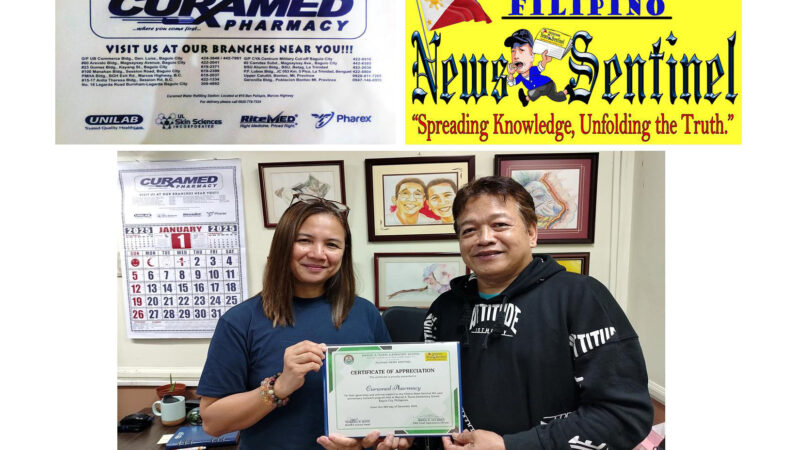City addresses tactile safety issue

Mayor Benjamin Magalong has assured that the city government along with the Dept. of Public Works and Highways (DPWH) is addressing issues on the safety of tactile pavements which resurfaced after a number of people reported to have slipped on the yellow tiles.
“We are addressing this concern through our City Engineering Office and the DPWH. The tactile materials have been certified to be of international standards but we are considering ways to make them less slippery. We do not see the need to remove them considering their serviceability to the differently abled but we are reviewing their placements in sidewalks with narrow width and in slanted areas for possible removal or institution of remedial measures,” the mayor said.
He said the city will also intensify the information drive on its proper use by installing more visible warning signs to avoid stepping on the yellow lane as it may pose safety risk especially under the rain and encouraging people to follow the keep right policy.
The Persons with Disability Affairs Office and the Baguio Federation of Organizations of Visually-Impaired Persons (BFOVIP) reiterated their support to the adoption of the tactile technology saying it is a helpful innovation to their sector.
PDAO Head Samuel Aquino said the technology has been embraced by the city’s blind who have easily adapted to its proper usage.
“After one and a half years, no incident of a PWD having accidents on tactile pavement has so far been reported. It is very beneficial and PWD-friendly,” he said.
Aquino agreed that there is a need to intensify public education on its proper use and avoid installation in areas that do not meet the standard width and slope as they had pointed out in the recommendation they submitted last year.
“Anyone saying that this should be forgotten because the visually impaired are just a minority should take heart. Notwithstanding their small number, they are part of the community and their general welfare must always be taken into account as with the rest of the population. After all, any innovation should be inclusive and for general welfare and interest of the entire community,” he said.
Federation Vice President Ever Basatan, for his part, affirmed they have been benefiting from the tactile technology which has become part of their daily life.
“We now call them ‘sure lines’ and have come to depend on them for our mobility,” he said.
“Ako nga nakukulangan na, mabagal ang paglagay nila sa mga main roads at hindi ako makapaghintay dahil maganda para sa amin. Kapag may tactile, meron na kaming sinusundan, hindi na mahuhulog sa sidewalk, no swerving to the right or to the left, hindi na mauumpog sa poste at hindi na makakabunggo ng kapwa pedestrian,” he added.
“To the best of my knowledge, wala pa naman nadulas mula sa sector naming kasi pag naglalakad we make sure that we do it safely and with care. We are aware of the need to be careful around it lalo na kapag umuulan, madulas talaga kaya alalay lang,” he said.
“We trust that people with complete senses (I say with complete senses not able persons because we are also able, only differently abled because we do not have complete senses) can better take care of themselves especially that they can see better than us. If they can see these yellow lanes, they should know that they are slippery and all they have to do is avoid it. Avoid rushing because it is really dangerous to those who are in a rush. Also extra care is needed by the pregnant and elderly,” Basatan said. – Aileen P. Refuerzo







